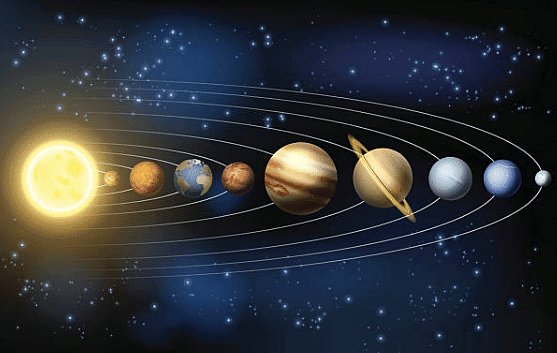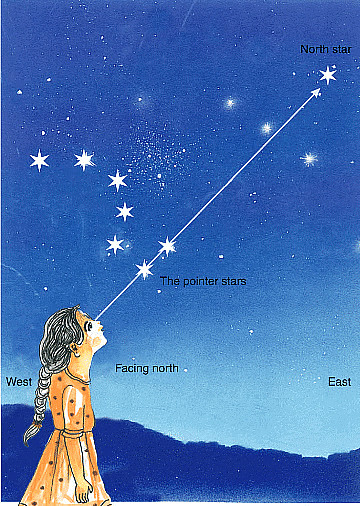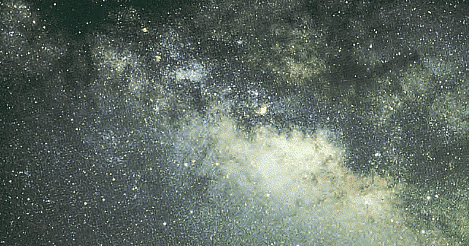The Earth in the Solar System Class 6 Worksheet Geography Chapter 1
 Q1: State True (T) or False (F)
Q1: State True (T) or False (F)
(i) All the planets move around the sun in an elongated path.
Ans: True
(ii) Sun is huge and made up of extremely hot liquids.
Ans: False
(iii) The word planet comes from the Greek word “Planetai” which means wanderers.
Ans: True
(iv) The moon is in the centre of the solar system.
Ans: False
(v) Till recently (August 2006), Pluto was also considered a planet.
Ans: True
Q2: Fill in the blanks
(i) The North Star indicates the ___________direction.
Ans: north
(ii) The sun is in the _________of the solar system.
Ans: centre
(iii) We can see the full moon only once in about a ____________ time.
Ans: month's
(iv) Full moon night is also known as __________.
Ans: Poornima.
(v) Ursa Major or Big Bear is a ___________.
Ans: constellation.
(vi) ________was a famous astronomer of ancient India.
Ans: Aryabhatta

Q3: Answer the following questions
(i) Name the natural satellite of the earth?
Ans: Moon is the natural satellite of the earth.
(ii) Who are called astronomers?
Ans: Those who study the celestial bodies and their movements are called astronomers.
(iii) Name few dwarf planets.
Ans: Pluto, Ceres, 2003 and UB313
(iv) How long does it take for the moon to complete one revolution?
Ans: The moon moves around the earth in about 27 days.
(v) What is a galaxy?
Ans: A galaxy is a huge system of billions of stars, and clouds of dust and gases.
(vi) Which is the third nearest planet to the sun?
Ans: Earth is the third nearest planet to the sun.
(vii) What is a geoid?
Ans: A sphere with its ends flattened at poles (just like earth) is called geoid.
(viii) How can we locate the position of the pole star?
Ans: We can locate the position of the Pole Star with the help of the Saptarishi.
(ix) Which is the closest celestial body to our earth?
Ans: The moon is the closest celestial body to our earth.
(x) How much time light takes to reach the earth?
Ans: The light of the sun takes about eight minutes to reach the earth.
(xi) How long does it take to go from a new moon to a full moon?
Ans: A fortnight
(xii) Where are the most asteroids found?
Ans: They are found between the orbits of Mars and Jupiter.
(xiii) What cast shadow on the moon?
Ans: It has mountains, plains and depressions on its surface. These cast shadows on the moon’s surface.

(xiv) How many times can we see full moon in a month time?
Ans: We can see the full moon only once in about a month’s time.
(xv) What is the speed of light?
Ans: Light travels at the speed of about 300,000 km per second.
(xvi) Why do the stars look so small in the sky?
Ans: The stars look so small in the sky because they are very far from us.
(xvii) What is a Pole Star?
Ans: The North Star indicates the north direction. It is also called the Pole Star.
(xviii) From where does Earth receive heat and light?
Ans: Earth gets all its heat and light from the sun, which is its nearest star.
FAQs on The Earth in the Solar System Class 6 Worksheet Geography Chapter 1
| 1. How does the Earth move in the solar system? |  |
| 2. What is the importance of the Earth's position in the solar system? |  |
| 3. How does the Sun affect the Earth? |  |
| 4. What are the other planets in our solar system? |  |
| 5. How does the Earth's position affect the length of a day? |  |






















